What do asthma and allergies have to do with flooring? Quite a lot, actually!
If you or someone in your household is asthmatic or an allergy sufferer, the type of flooring you choose can have a lot of impact. So it’s important to choose the best flooring options for asthma and allergies, in order to improve your indoor air quality and stay healthy.

How does flooring affect asthma and allergies?
There are three big issues to be aware of when trying to choose the best flooring for asthma and allergies:
Problem #1: Dust and other airborne allergens
Anyone with allergies can tell you that there are many allergens carried in the air: dust, pollen, pet dander, and more. And any particles carried in the air will eventually settle on surfaces — like the floor. That’s the case regardless of what flooring you choose, but some types are far more prone to hold onto those allergens than others… and release them over time as people walk on them.
Carpet, sad to say, is the worst offender here. We love carpet — it’s right there in our name: Danforth Carpet Connection. It’s soft, warm, beautiful, and a great choice for most people — but for someone with severe allergies or asthma, carpet can be a big problem. Those same fibres that feel soft and cozy under your feet can trap a lot of dust, pollen and pet dander, and provide a great environment for the growth of dust mites, another major cause of allergy symptoms.
Some types of carpet are less problematic this way than others — for example, low-pile carpets trap fewer allergens than thicker, cushier carpets do, and natural plant fibre carpets like sisal and seagrass are more easily cleaned and less likely to hang onto dust.
But on the whole, the best flooring for asthma and allergies is hard-surface flooring: hardwood, cork, tile, linoleum and the like. We’ll talk more about each of those options shortly.
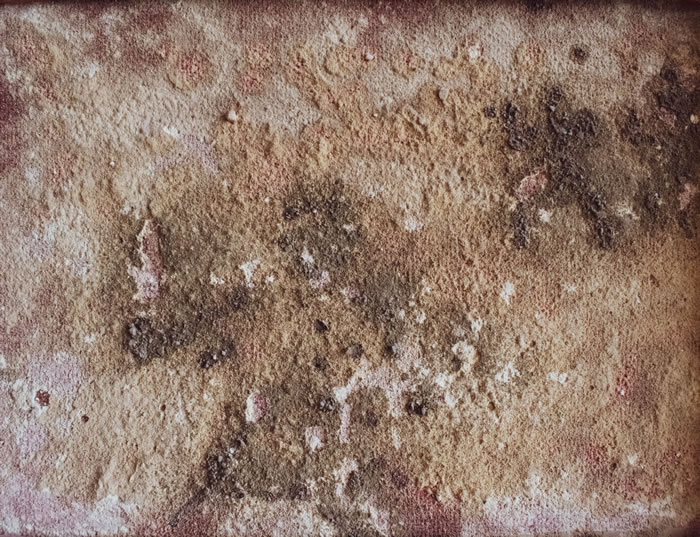
Problem #2: Mold and Mildew
Another issue is that some types of flooring can, if exposed to water, develop mold or mildew. This is a big problem because in addition to being unsightly, mold produces spores that are a major allergen for many people.
This is another issue with carpet — and in particular, it’s important to be aware that plant-fibre carpets like sisal and seagrass, while less apt to hold dust than other fibres (as long as you clean them regularly!) can be prone to mold and mildew if you let them get damp, so if you do opt for this type of carpet, be sure never to place it an area where it can get wet, and clean up any spills very promptly.
Other types of flooring can also sometimes accumulate mold if they get wet, so it’s important to choose the most water-resistant options for moisture-prone areas like kitchens, bathrooms, and entrances. Tile is a great choice for these areas, but some types of resilient flooring like linoleum, limestone composite, and vinyl can be quite water-resistant too. Some flooring also undergoes special anti-microbial treatments to reduce the risk of mold.

Problem #3: VOCs
If you’re at all concerned about indoor air quality, you’ve probably heard of VOCs — volatile organic compounds. And you probably know they’re something you want to avoid. But what exactly are they?
The term “volatile organic compound” is a catch-all for a lot of different types of chemicals — some manmade and some found in nature — that evaporate, or off-gas, into the air, and can potentially affect human health. Not all VOCs are harmful, but some definitely are, and especially so to people with respiratory problems like asthma and allergies.
If you’ve ever smelled that “new car smell”, or the chemical scent given off by some other types of plastic products, you’ve inhaled VOCs — including some potentially harmful ones. Even the scent of freshly cut wood contains VOCs, though the particular compounds contained in that tend to be less of a health issue.
So which VOCs are the most important to watch out for?
Formaldehyde is one of the worst offenders — it’s used in manufacturing many types of resins, varnishes, adhesives, sealants, etc., all of which can find their way into your flooring. And it’s got a strong impact on respiratory problems of all kinds, especially asthma.
Other VOCs that can cause health problems include benzene, ethylbenzene, toluene and xylene, all of which can be found in a range of products including adhesives, plastics, sealants and paints.
The good news is that there’s been a huge increase in awareness of VOCs in recent years, and many flooring manufacturers have taken major steps to reduce them. There are now a lot of flooring options available that are certified as low-VOC, through certification programs like FloorScore.

The Best Flooring Options for Asthma and Allergies
Hardwood
Hardwood flooring is one of the most common recommendations you’ll see as a top flooring option for asthma and allergies — and with good reason. It’s very easily cleaned, and much less likely to harbour dust and dander than carpet. And solid hardwood can be installed without the use of adhesives, though it’s still important to choose low-VOC finishes and cleaning products.
Engineered hardwood is a little trickier, because it’s made of layers that are bonded together with adhesives, which vary in their VOC output. But an increasing number of manufacturers are opting for low-VOC adhesives and finishes, especially in higher-quality engineered hardwood. So if you choose a low-VOC variety, it can be as safe as solid hardwood.
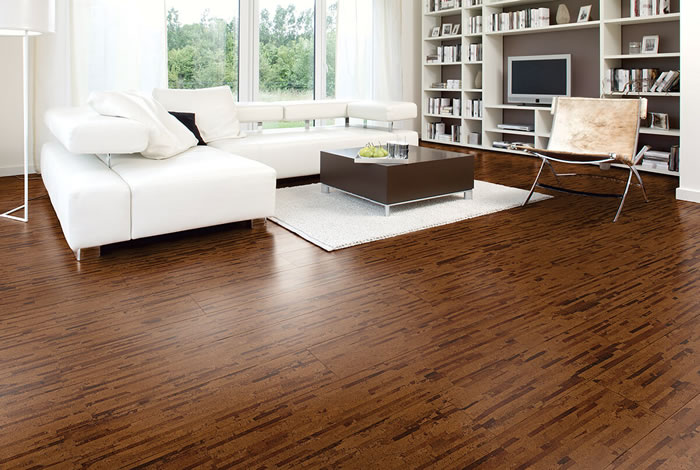
Cork & Bamboo
Cork flooring is another standout option for asthma and allergies, as is bamboo to a lesser extent. They have many of the virtues of traditional hardwood flooring, but with less environmental impact, as the natural resources they’re made from are rapidly renewable. Both are porous by nature, but the finish applies to them prevents them from collecting allergens and makes them easy to keep clean (though as always, look for low-VOC finishes).
But better yet, both cork and bamboo are naturally resistant to mold and mildew, due to the inherent properties of the plants they’re made from. Cork is particularly good in that respect — it contains naturally high levels of a bioplastic called suberin, which is has strong antimicrobial properties.
One cautionary note with regard to bamboo, though — while it’s an excellent choice for most allergy sufferers, it is a member of the grass family, so it’s possible that it could be an irritant to people with severe grass allergies. When in doubt, check out samples first.
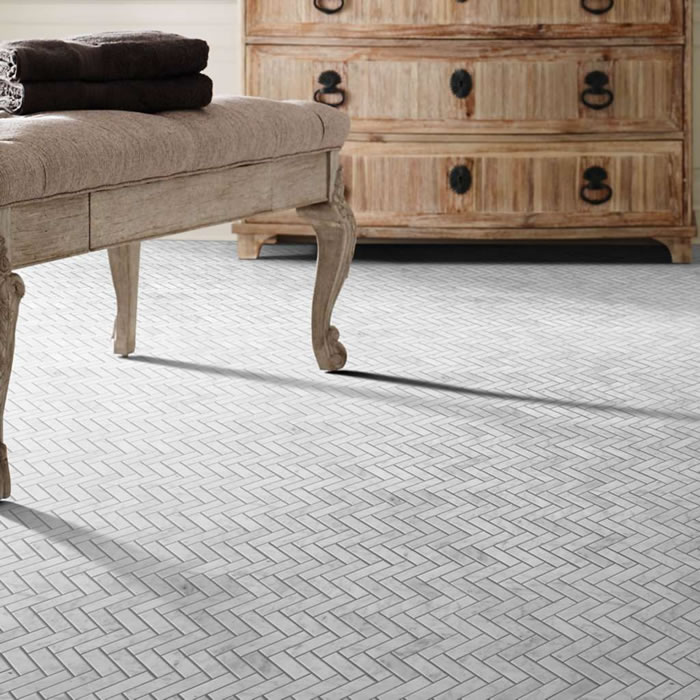
Tile
Tile is a classic look, especially in kitchens and bathrooms, and comes in a near-infinite variety of styles, colours and textures — and it’s also an ideal flooring choice for people with asthma and allergies. It’s highly water resistant and very easy to keep clean, though it’s important to make sure the grout is sealed to prevent mold, and natural stone tile should also be sealed.
It’s also important to be aware that not all tile is created equal. Tiles with rough textures, like some natural stone tiles and some heavily textured ceramic or porcelain tiles, can collect dust, pollen and dander in the same way that carpets can, though to a lesser extent. So smooth-surfaced tile is a much better choice for allergies.
Also, as with other flooring options, you’ll want to opt for low-VOC adhesives, grout and sealants.
One last note on tile — people with asthma should stay away while tile is being installed, as powdered grout mixes can be irritating to the lungs. But once installed and sealed, it should be fine.
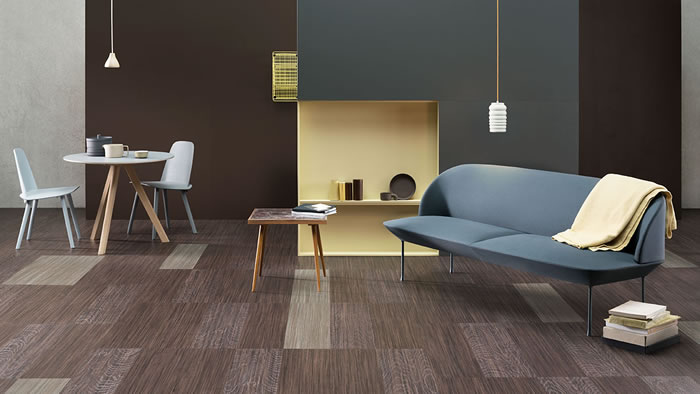
Marmoleum
Linoleum is often confused with vinyl, but in fact their composition is completely different. Linoleum is made from natural ingredients, like wood dust, linseed oil, and natural resins. So it doesn’t contain things like phthalates and synthetic plasticizers that can be a health issue with other flooring types, and is generally extrmely low-VOC. It’s also an easy-to-clean smooth surface that resists moisture and doesn’t collect dust or other allergens.
Not only that, but some of its components are inherently anti-microbial, which makes it even better than flooring options that have been treated to prevent mold and mildew, because unlike added treatments, the anti-microbial nature of the ingredients won’t wear off over time.
Marmoleum in particular — the top brand of linoleum today — has been awarded the Allergy UK Seal of Approval for its outstanding quality as a flooring option for asthma and allergies.
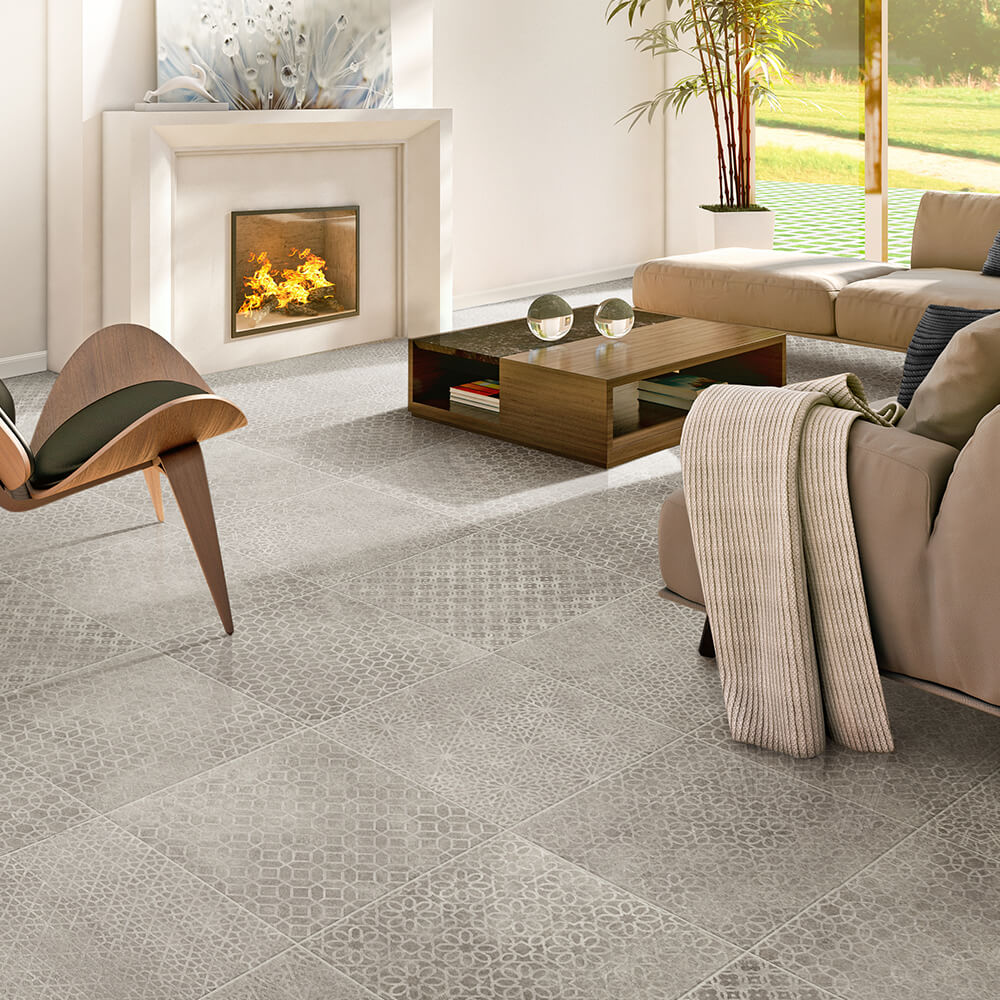
CLEO limestone composite flooring
CLEO flooring is a new product similar to luxury vinyl tiles & planks, but made with a unique mineral composite core composed of 85% natural limestone. And it’s formulated for optimal indoor air quality — all of their flooring is 100% VOC-free, and contains no solvents, plasticizer, phthalates, PVC or other harmful components.
And it’s beautiful too! CLEO uses a special high-end printing process for super-realistic wood, stone and tile imaging, and all with solvent-free inks. Plus it comes in sets of 30 or more individual planks or tiles, each printed slightly differently, to mimic the natural variability of wood and stone.
With that kind of composition, of course it’s FloorScore certified, and it’s also one of the first types of flooring to be certified as Asthma and Allergy Friendly by the Asthma and Allergy Foundation of America in the US, and Asthma Canada in Canada.
Vinyl & Laminate? Sometimes yes, sometimes no
Vinyl and laminate flooring are also hard-surface floors that are water resistant and easy to keep clean, so in that respect they’re good for allergy sufferers. But the VOC issue is considerably more complex, because the composition and manufacturing methods used in making vinyl and laminate flooring vary quite a lot.
Vinyl is a petroleum product, and as such, it definitely can off-gas VOCs. And flexible vinyl products in particular are often treated with plasticizers. But many manufacturers are conscious of this issue and working to lower the VOC output of their products, so it’s quite possible to find low-VOC vinyl and laminate. Many of the brands we carry, such as Torlys, Shaw and Beaulieu, are FloorScore-certified.

In conclusion — flooring is an important issue for asthma and allergy sufferers, and can significantly impact their health via indoor air quality. But fortunately, there are lots of healthy flooring options available that will help keep you and your loved ones breathing more easily — and we try to carry as many as we can. To start exploring the ideal asthma and allergy friendly flooring options for you, just contact us!
- Log in to post comments
